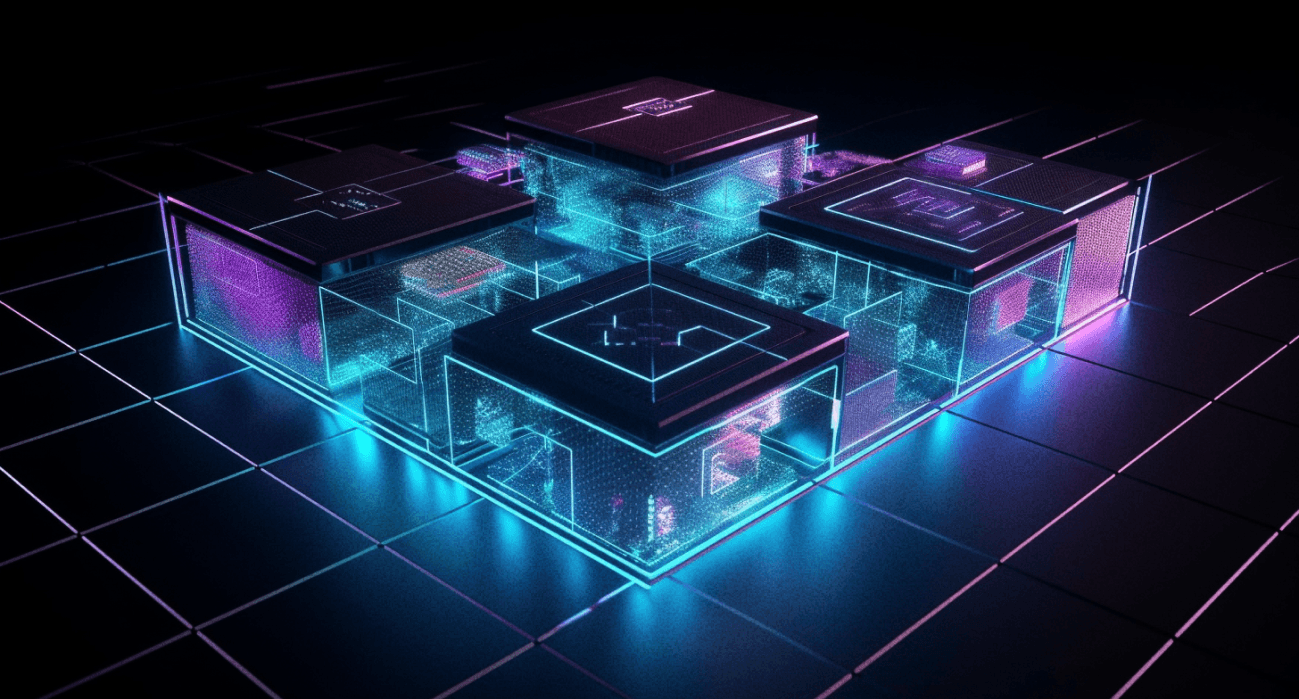
What is a Blockchain?
At Alkimi we are using blockchain technology to create a more efficient and transparent advertising exchange model. Getting to grips with the basics of blockchain technology gives most of us a headache as it all seems very complicated at face value.
In its simplest form, a blockchain is a list of transactions that anyone can view and verify.
Anyone can view it because the list of transactions is public. And anyone can verify it because the list of transactions is public.A blockchain is just a database that is stored on a load of different computers. It is simply a record of information that gets constantly updated and is held on many devices.
If that doesn’t make sense to you perhaps this will.
Picture an Excel spreadsheet or any spreadsheet for that matter. This spreadsheet can do 4 things.
Anyone can add information to it
Anyone can get a copy of it
All the copies of this spreadsheet are updated simultaneously
Any information added to it can’t be deleted
That, in essence, is a blockchain. A permanent record of events.Still with us? Great!
Let’s use the Bitcoin blockchain as an example.
Individual transactions on the Bitcoin blockchain look a lot like a spreadsheet.Here’s an example:X sent $100 to ZA sent $20 to GF sent $50 to CQ sent $30 to Hand so on…Every time someone sends a transaction on the Bitcoin network it is recorded by the Bitcoin blockchain. Individual transactions, like the ones above, are bundled together and put inside individual blocks.Each block has a limited amount of block space and when a block gets full it is added to the chain. Over time this forms a chain of blocks, otherwise known as a blockchain.
Are you still following along? Keep going!
You can visualise what a blockchain looks like by looking at the chain of a boat. In this example, one block represents one chain link, and inside each block (or chain link) is a list of transactions.

The newest blocks are at the top of the chain, they contain the transactions that happened very recently. As you move down the chain you see older blocks containing older transactions.
If you followed the chain all the way to the end you would see every single transaction in the blockchains recorded history. Sticking with the boat analogy, the end of the chain would be the anchor. The anchor would be the first block, which we call the genesis block.
The public nature of a blockchain is the secret sauce to its security.
If you, I, or anyone else tries to manipulate a transaction on a blockchain it will cause the chain to break.
Visualise the chain of a boat breaking, when you look at the chain you can see exactly where it snapped. The same concept applies to a blockchain.If you attempt to change a blockchain you will be detected and subsequently rejected by the rest of the network. Your attempted change will be invalid and the rest of the network will continue to use the correct chain of transactions without you.
Well done, you’ve made it this far!
One of the key differences between a boat chain and a blockchain is that older blocks become more secure as time goes on. A rusty old boat chain has a higher chance of breaking, the opposite is true for a blockchain.
The reasons for this are a little technical and deserve their own blog space. So we’ll cover more on that in another blog.
Now we know what a blockchain is, it’s time to learn about its closest companion, we are of course talking about cryptocurrency. Click here for more.
If nothing else, remember this…
Key takeaways:
A blockchain is public
A Bitcoin block is full of transaction data
A blockchain is very hard to change without anyone noticing

A deeper look at blockchain technology
Learn the essential technical foundations of revolutionary blockchain technology including distributed ledgers...
Read now
How blockchain technology will change the world
Discover how blockchain, the technology behind Bitcoin, is transforming industries from finance to healthcare with...
Read now
Connecting crypto & blockchain
Learn about the integral relationship between blockchain technology and cryptocurrencies. This blog provides an...
Read now